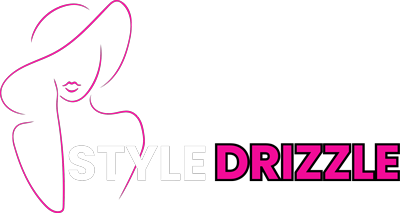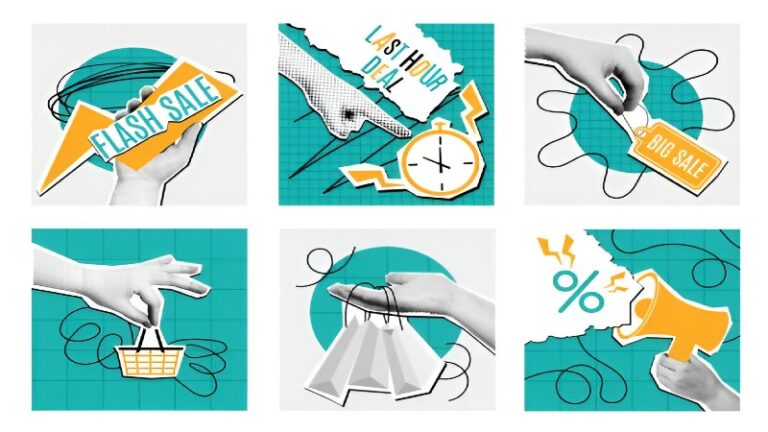In today’s dynamic retail landscape, the allure of a good deal is undeniable. We’ve all felt that surge of excitement when spotting a Limited Time Offer or a Buy One, Get One Free sign. Indeed, a significant 70% of consumers admit a juicy discount has prompted an unplanned purchase. This isn’t just impulse; it’s a testament to the powerful psychology behind decoding discounts and their influence on our shopping habits.
The Psychological Playbook
Discounts aren’t just about reducing prices; they’re about triggering specific psychological responses that encourage us to buy. Understanding these triggers is the first step in mastering the art of the deal.
Ticking Clocks and FOMO
The Ecommerce Pulse Report highlighted that limited-time discounts are the number one driver for completing a purchase (62%). This phenomenon taps directly into our innate Fear Of Missing Out (FOMO). Retailers masterfully use:
- Flash Sales: Short, intense sales periods create immediate pressure.
- Countdown Timers: Visual cues on product pages or in emails reinforce the expiring opportunity.
- Ends Tonight! Messaging: A direct call to action that brooks no delay.
This tactic works because it bypasses overthinking. When faced with a ticking clock, our brains are hardwired to act quickly to secure a perceived benefit, making decoding discounts in real-time crucial for both buyers and sellers.
Bundles and BOGOs
Product bundle discounts, like Buy One, Get One Free (BOGO) or discounted complementary products, are highly effective. The Ecommerce Pulse Report states that 45% of shoppers are motivated by bundles because they feel like a better deal than buying items individually. This isn’t just about saving money; it’s about the perceived increase in value.
Consider these examples:
- Buy 2, Get 1 Free: Common for consumables or smaller items.
- Curated Starter Kits: Offering essential items together at a reduced price.
- Upsell Offers: Add this matching item for 20% off at checkout.
Bundling simplifies decision-making for shoppers and simultaneously increases the average order value foThe Personalized Discount Revolution
Tailored Deals
The Ecommerce Pulse Report confirms that 39% of shoppers are more likely to buy when they receive a deal based on their past behavior. Personalized discounts move past a general 20% off everything to targeted, relevant, and timely offers.
- Cart Abandonment Triggers: An email discount after a user leaves items in their cart.
- Browse History Promos: Notifications offering a deal on a recently viewed category.
- We Miss You Offers: Special promotions for lapsed customers to entice their return.
- Birthday Discounts: A small, personal touch that fosters loyalty.
Practical Tips for Shoppers
While businesses are perfecting their discount strategies, consumers also need to refine their approach to ensure they truly save money. It’s not just about finding a discount, but finding a good discount that genuinely benefits you.
Smart Shopping Checklist
- Research Before You Buy: Compare prices across different retailers. Use tools like Google Shopping or PriceGrabber. A deal isn’t a deal if another store offers it cheaper at full price.
- Read the Fine Print: Discounts often come with exclusions (e.g., select items only, minimum purchase required) or limitations (e.g., online only, new customers only). Always check terms and conditions to avoid disappointment.
- Know the Timing: Major sales events (Black Friday, Cyber Monday, seasonal clearances) often offer the deepest cuts. Plan non-urgent purchases around these times. Off-season shopping can also yield significant savings (e.g., winter clothes in spring).
- Leverage Loyalty Programs: Many retailers offer exclusive discounts, early access to sales, or points that convert to savings for loyalty members.
- Combine and Stack: Some retailers allow combining coupon codes with existing sales or loyalty discounts. Always test if multiple promotions can be applied for ultimate savings.
- Beware of Hidden Costs: Factor in shipping fees, taxes, and any other surcharges when calculating the total cost of a discounted item.
Decoding Discount Types and Their Impact
| Discount Type | Primary Psychological Lever | Shopper Benefit | Retailer Benefit |
| Limited-Time Offers | Urgency, FOMO | Quick savings on desired items | Drives immediate conversions, clears inventory |
| Product Bundles | Perceived Value, Convenience | More for less, simplified choices | Increases AOV, moves multiple items |
| Loyalty Programs | Exclusivity, Reward | Exclusive access, recurring savings | Builds customer retention, fosters loyalty |
| Personalized Offers | Relevancy, Recognition | Highly relevant deals, tailored experience | Higher conversion, stronger customer relationship |
| New Customer Promos | Incentive, Welcome | Low-risk first purchase | Acquires new leads, grows customer base |
| Gamified Discounts | Engagement, Playfulness | Fun experience, potential savings | Boosts engagement, collects data, brand affinity |
The Future of Bargains
The world of decoding discounts is continually evolving, driven by mobile commerce and sophisticated data analytics. Shoppers are increasingly mobile-driven, making spontaneous purchasing the norm. This means that offers need to be highly accessible and appealing on the go.
The future of decoding discounts lies in even greater personalization, predictive analytics, offering you a deal before you even know you want it, and potentially augmented reality experiences that bring promotions to life. Successful shopping will increasingly depend on the consumer’s ability to discern genuine value from clever marketing.
Conclusion
Whether you’re a business strategically deploying promotions or a consumer seeking the best value, understanding the intricate art of decoding discounts. It’s about more than just numbers on a price tag; it’s about the psychology, timing, and strategic intent behind every deal. By applying these insights, you can navigate the world of sales, deals, and bargains with confidence, ensuring you consistently maximize your savings and make every purchase count.
Empower your wallet. Master the art of decoding discounts today.
Frequently Asked Questions (FAQs)
What does decoding discounts mean?
Decoding discounts means understanding the various strategies behind sales and promotions, enabling you to make smarter purchasing decisions and get the best value for your money.
Why do retailers offer discounts?
Retailers offer discounts to drive sales, attract new customers, clear old inventory, increase average order value, and build customer loyalty.
What are common types of discounts to look for?
Common types of discounts include limited-time offers, product bundles (like BOGO deals), loyalty program rewards, personalized offers, and new customer promotions.
How do personalized discounts work?
Personalized discounts are tailored offers based on your past shopping behavior, Browse history, or expressed preferences, making them highly relevant to your interests.
Is it always a good idea to buy something just because it’s on sale?
No, it’s not always a good idea. It’s crucial to research the product, compare prices, read the fine print for exclusions, and consider if you truly need the item to avoid impulse purchases.
How can I find the best discounts and deals?
You can find the best discounts by planning purchases around major sales events, signing up for newsletters, checking coupon websites, following favorite brands on social media, and comparing prices across different retailers.
What is the psychological trick behind limited-time sales?
Limited-time sales leverage the Fear Of Missing Out (FOMO) and create a sense of urgency, encouraging shoppers to make quick purchasing decisions to avoid losing a perceived valuable opportunity.


